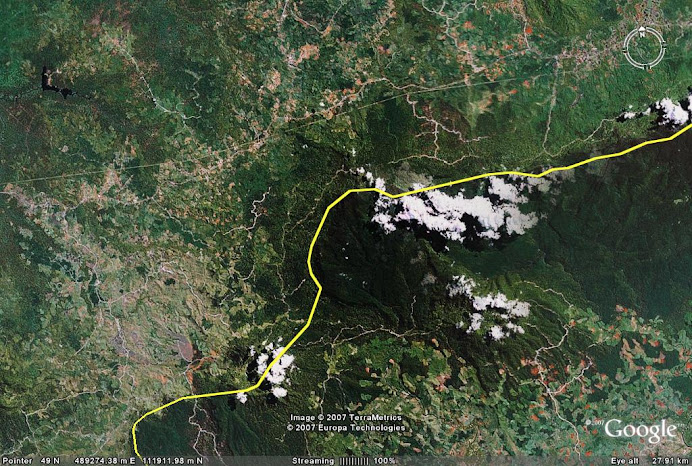
I OVERHEARD A CONVERSATION BETWEEN TWO MEN ON A BUS YESTERDAY...
The two men were actually sitting on the rear steps of the bus, and I was seated about a meter away from them so I could hear them well. It was late in the evening but the bus was full with people wanting to go back to the city. Most people decided to remain quiet, perhaps still thinking of the weekend’s fun at home, but these two men decided to make friends:
Duduk sini saja uncle
Sini boleh ka? Oklah
Uncle kerja mana?
Saya kerja kontrak KL, you?
Saya kerja Nilai
Apa buat Kuala Pilah?
Saya ada kawan sini. Uncle kerja apa?
Saya kerja kontrak bina rumah. Renovation.
Saya pun bina rumah
You buat apa? Sapu cat ka?
Macam-macam, uncle sudah lama kerja?
Sudah lama, syarikat kecik saja dalam 8 orang, lu kerja company besar ka?
Besar juga ada dalam 20 orang
Ooo itu besar punya
Lu orang mana? Indonesia ka?
Saya orang Sarawak, Kuching
Sana banyak balak, bukan?
Ya, getah pun ada juga
So, you tau banyak pasal kayu, itu jati, setang
….
Setang, orang panggil setang
….
Akasia
Akasia, itu boleh buat kertas
Baik buat kertas, kayu banyak lembut, jati orang tanam banyak jugak, kawan saya tanam 80 hektar Kuala Pilah, senang hidup
Tapi kena baja kalau sudah banyak ekar, uncle
Ya, tanah pun kena baik
Ya, mesti sejuk
This conversation continued for a while until we neared Bukit Putus and the “Kuching” man decided to stand up, perhaps he was getting dizzy from the meandering bus ride.
The two men were actually sitting on the rear steps of the bus, and I was seated about a meter away from them so I could hear them well. It was late in the evening but the bus was full with people wanting to go back to the city. Most people decided to remain quiet, perhaps still thinking of the weekend’s fun at home, but these two men decided to make friends:
Duduk sini saja uncle
Sini boleh ka? Oklah
Uncle kerja mana?
Saya kerja kontrak KL, you?
Saya kerja Nilai
Apa buat Kuala Pilah?
Saya ada kawan sini. Uncle kerja apa?
Saya kerja kontrak bina rumah. Renovation.
Saya pun bina rumah
You buat apa? Sapu cat ka?
Macam-macam, uncle sudah lama kerja?
Sudah lama, syarikat kecik saja dalam 8 orang, lu kerja company besar ka?
Besar juga ada dalam 20 orang
Ooo itu besar punya
Lu orang mana? Indonesia ka?
Saya orang Sarawak, Kuching
Sana banyak balak, bukan?
Ya, getah pun ada juga
So, you tau banyak pasal kayu, itu jati, setang
….
Setang, orang panggil setang
….
Akasia
Akasia, itu boleh buat kertas
Baik buat kertas, kayu banyak lembut, jati orang tanam banyak jugak, kawan saya tanam 80 hektar Kuala Pilah, senang hidup
Tapi kena baja kalau sudah banyak ekar, uncle
Ya, tanah pun kena baik
Ya, mesti sejuk
This conversation continued for a while until we neared Bukit Putus and the “Kuching” man decided to stand up, perhaps he was getting dizzy from the meandering bus ride.

